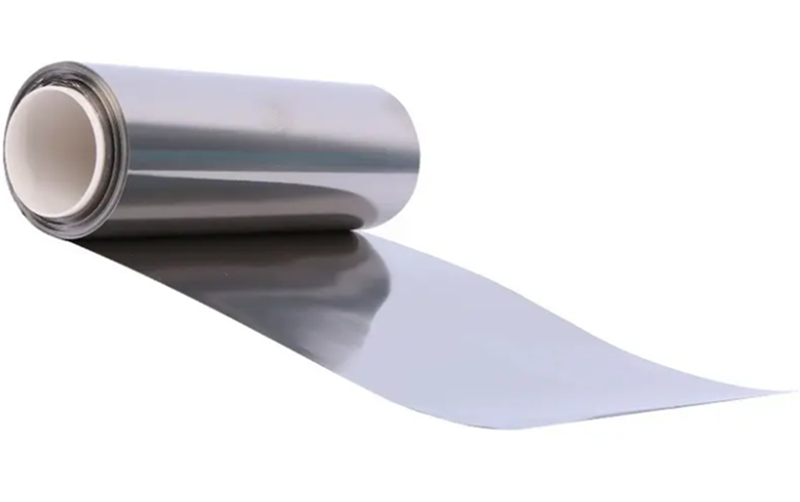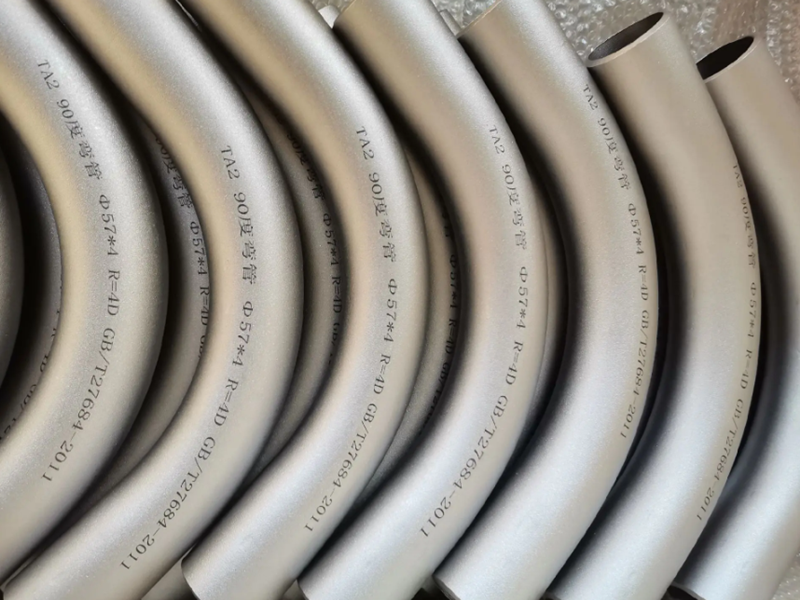Titanium TA1 vs TA2
Differences Between TA1 and TA2 Commercially Pure Titanium
1. Chemical Composition and Purity
Both TA1 and TA2 belong to the category of commercially pure titanium, but they differ in chemical composition. TA1 has a higher purity, with a titanium content typically exceeding 99.5%, while TA2 has a slightly lower titanium content, ranging between 99.0% and 99.5%. Due to this difference in purity, TA1 contains fewer impurities, such as iron, carbon, oxygen, and nitrogen, compared to TA2. For instance, the oxygen content in TA1 is typically no more than 0.08%, whereas it can reach up to 0.18% in TA2. These differences in trace elements significantly impact the material’s properties.
2. Performance Differences
Due to the higher oxygen and impurity content in TA2, it has greater strength compared to TA1. However, TA1 demonstrates better ductility and toughness. Key differences include:
Strength: TA2 has higher tensile and yield strength, making it suitable for applications requiring load-bearing capabilities.
Ductility: TA1 offers higher elongation and reduction of area, providing better formability and toughness, which is ideal for manufacturing complex parts.
Corrosion Resistance: TA1, with its higher purity, performs better in highly corrosive environments, such as strong acids or alkaline conditions.
3. Application Differences
TA1: With its superior purity, ductility, and exceptional corrosion resistance, TA1 is primarily used in environments that demand high corrosion resistance. For example:
Aerospace: Non-load-bearing components such as insulation panels, tail covers, and speed brakes.
Biomedical Engineering: Manufacturing cervical plates, cranial plates, and artificial joints.
TA2: TA2’s higher strength and good corrosion resistance make it more versatile. Common applications include:
Industrial Equipment: Chemical pipelines, heat exchangers, and storage tanks.
Aerospace: Certain aircraft components requiring moderate strength.
Medical Devices: Bone plates and screws where strength and corrosion resistance are both necessary.

4. Processing Performance
TA1: Due to its low impurity content, TA1 has superior ductility and processability, making it suitable for precision forming and complex parts manufacturing. It is also easier to process through cold forming.
TA2: While slightly less ductile, TA2 still maintains good processability, making it suitable for moderately complex machining and welding tasks.
Processing Impact: TA1 is often chosen for highly precise, thin-walled, or intricately shaped components, whereas TA2 is more advantageous for structural parts and medium-to-thick materials.
5. Economic Considerations
TA1: Its higher purity and better processability result in a slightly higher cost compared to TA2.
TA2: With balanced properties and lower production costs, TA2 offers better cost-effectiveness.
Cost Considerations: When extreme corrosion resistance is not required, TA2 is the more economical and practical choice.
Summary
TA1 and TA2 are two major grades of commercially pure titanium, each with unique characteristics. TA1 emphasizes high purity and ductility, making it suitable for corrosive environments and precision processing. TA2, on the other hand, combines good corrosion resistance with higher strength, making it ideal for applications requiring greater load-bearing capacity. The choice between the two should be based on specific performance requirements, environmental conditions, and economic factors.
